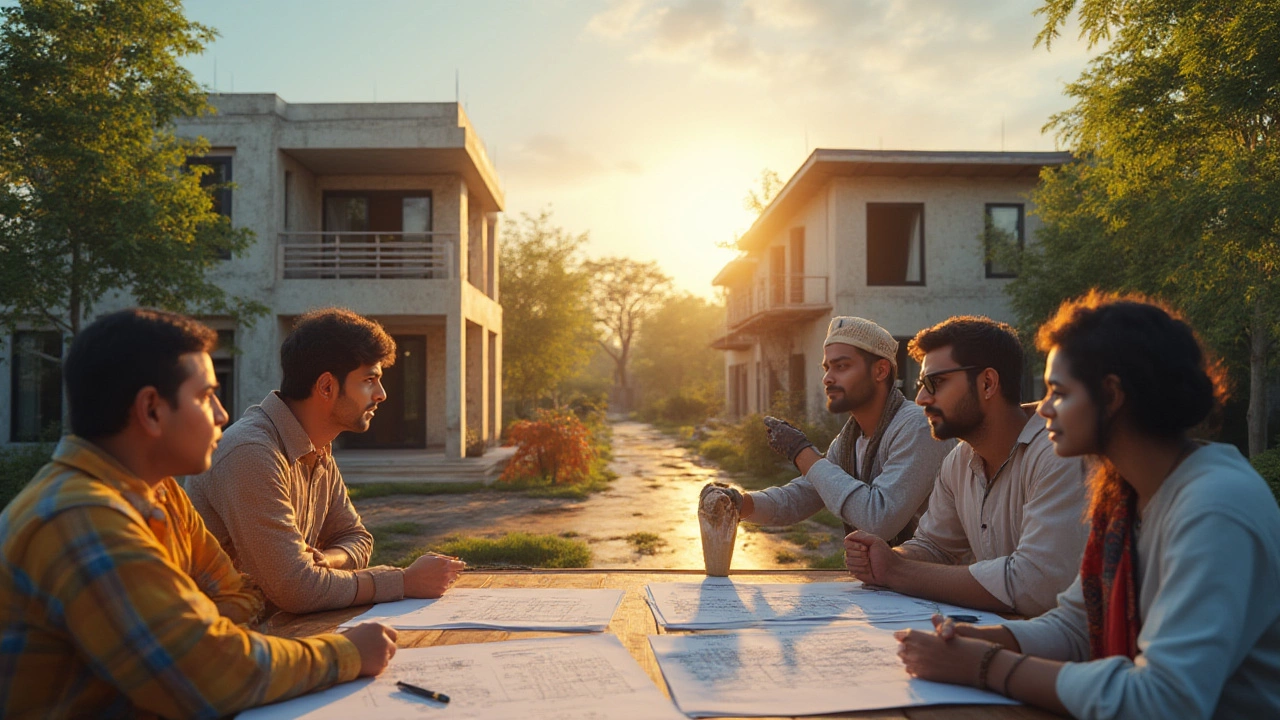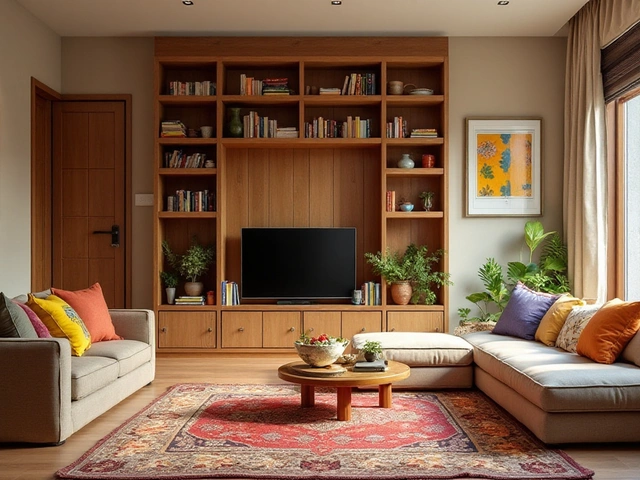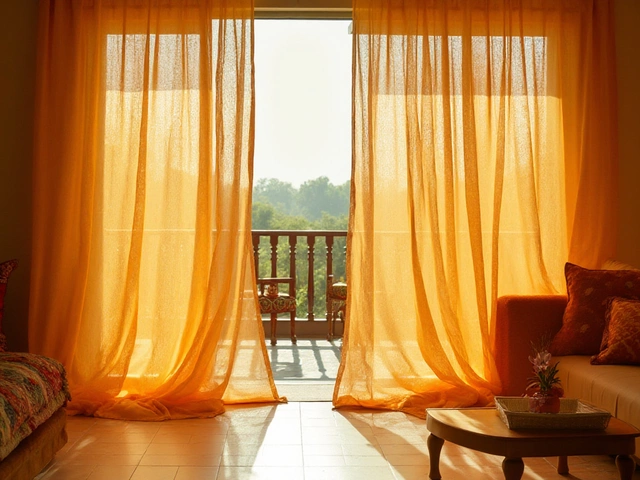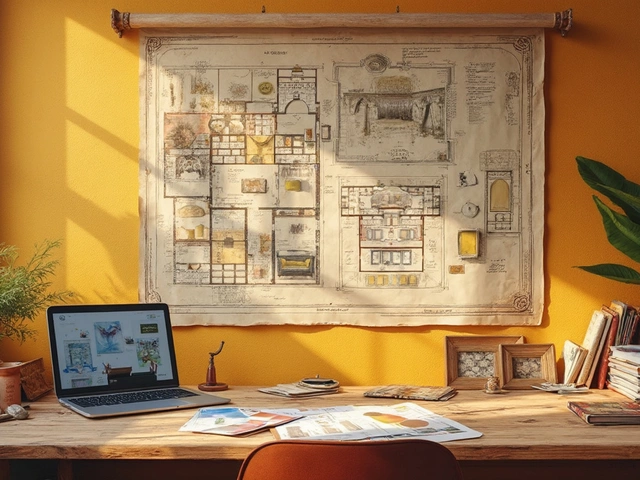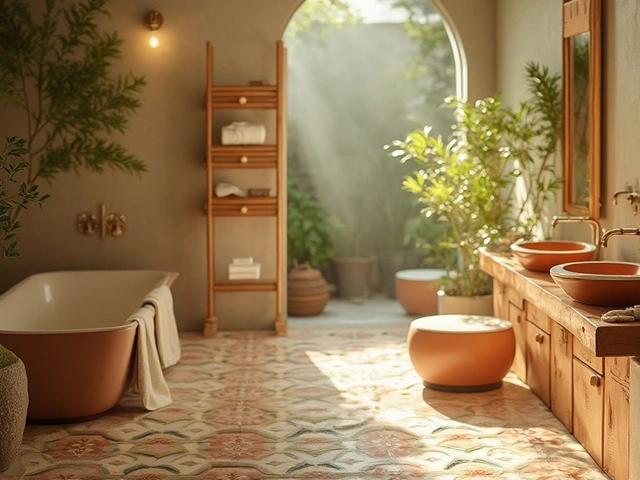You'd think picking between building a new house and throwing an addition onto your existing place would be an easy call. Turns out that's as tricky as getting my dog Max not to bark at the mailman. Right now, in 2025, tons of folks are sitting at their kitchen tables, calculator in hand, wondering which move hits the wallet harder. Everyone's got that friend who swears "building new saves thousands," while someone else chimes in, "Additions! Way cheaper!" So who's actually right?
Breaking Down the Real Numbers: What Does It Really Cost?
Alright, let’s talk numbers—not vague estimates that make you roll your eyes, but the kind you can actually use to plan. According to actual data from the National Association of Home Builders and Remodeling Magazine’s 2024 Cost vs. Value Report, the cost to build a new house in the U.S. averages about $160–$310 per square foot, depending on where you're building, your finishes, and that young architect who talks about minimalism but charges maximum fees. If you’re eyeing a 2,000-square-foot house, you’re looking at $320,000 on the very lowest end, and that’s before the land, permits, and all the stuff you forget until you get the bill.
Now, what about additions? Adding space to your existing home runs, on average, about $120–$250 per square foot. A little cheaper, right? But here’s where it gets weird: additions come with sneaky extra costs. You might need to reroute plumbing, beef up your electrical system, or pay way more in design hours, because, let’s face it, blending new space into an old house isn’t easy. Ever been mid-renovation and found old knob-and-tube wiring or crumbling foundation? Exactly. It adds up fast.
| Project | Low-End Cost/Sq Ft | Typical Cost/Sq Ft | High-End Cost/Sq Ft |
|---|---|---|---|
| Building New House | $160 | $240 | $310 |
| Home Addition | $120 | $175 | $250 |
So, at face value, adding on is cheaper per square foot, but the true cost often climbs because of hidden hiccups—something builders have definitely brought up after finding surprise issues behind your drywall.
Permits, Zoning, and the Hidden Surprises
You might breeze into a project dreaming of that new bedroom or sunroom, but your city, county, or angry HOA may say, “Not so fast.” Permits are unavoidable and can add thousands to the project. For additions, you’ll need to check setback rules (how close you can build to the edge of your lot), height restrictions, and, in older neighborhoods, historical review boards—none of which care about your Pinterest board. Sometimes, you might even need your neighbors’ blessing. Hello, awkward block party.
For a new build, you'll face many of the same permits, but you may also need site work like grading, running new water, sewer, or electric lines, and paying hefty development or impact fees—think an extra $10,000–$60,000 before you pour a single slab. It’s not just the upfront costs. Sometimes, zoning changes force you to scale back your dream house, add extra landscaping, or install special run-off controls for stormwater. Fun times, right?
An addition, especially if it’s a second-story, can trigger a full structural review. Suddenly, you’re replacing old footings or underpinning foundations. Not what you planned—but entirely possible. One friend of mine found out mid-project that his 1970s foundation needed modern bracing for a simple family room bump-out. That $40,000 estimate almost sent him straight to the bakery for stress pastries.
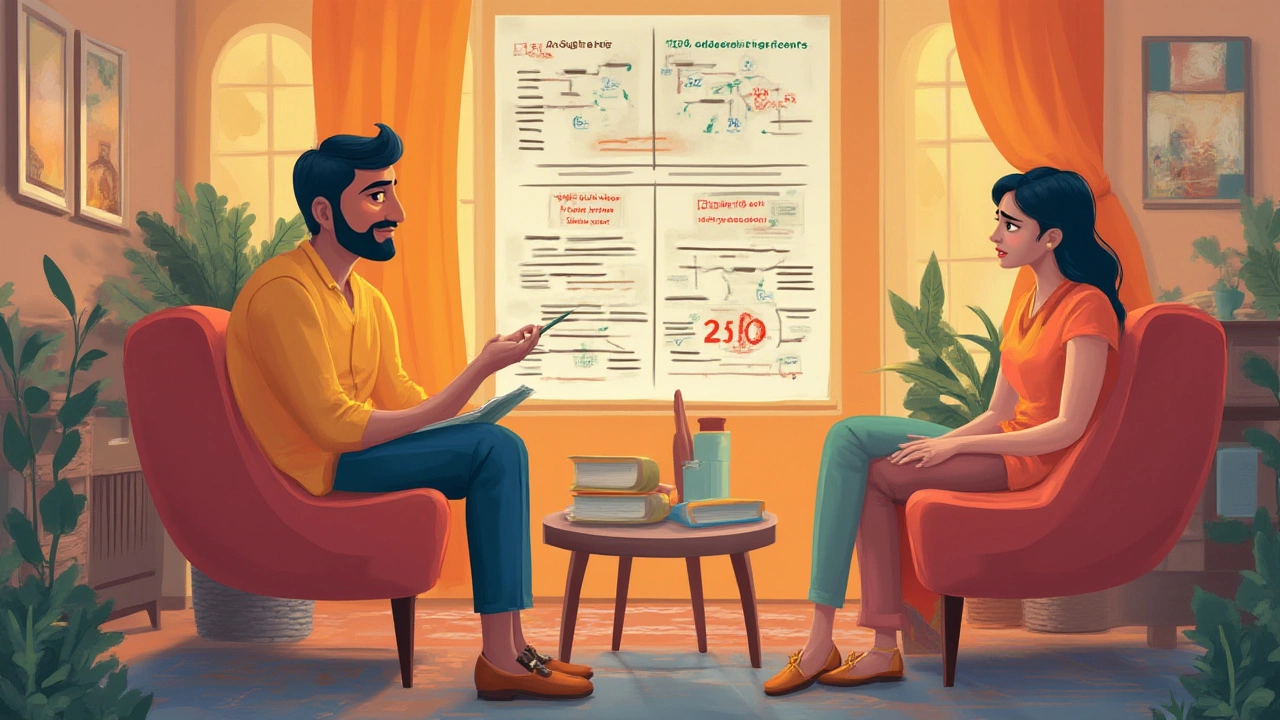
The Impact on Resale, Taxes, and Your Lifestyle
Let’s talk about your home’s future value. Adding an improvement can increase your home’s resale price, but not always dollar-for-dollar. In 2024, Remodeling Magazine found that most home additions recoup about 66% of their cost, depending on size and market. Build new, and you get a completely updated house with everything today’s buyer expects—though you’ve also possibly paid more for the privilege. Appraisers tend to love square footage, but poorly planned additions (those awkward rooms that don't match the home’s style) may even hurt value.
Also, brace yourself for higher property taxes. Any sizable addition gets noticed by your local tax office. In some states, your home’s assessed value can jump the year after an addition, while a tear-down and new build almost guarantees a full assessment—and a much fatter tax bill. That’s a recurring cost you’ll want to plan for.
Then there’s the stress. Construction is chaos. If you add on, you’ll probably live through months of dust, noise, and strangers trekking through your kitchen—something I learned the hard way when Max chased a contractor out the door. With new builds, you might rent short-term but you skip daily interruptions. Problem is, delays hit both types of projects—so schedule slippage is a real thing. Weather, labor, and backordered windows love to mess with your move-in date.
Tips and Little-Known Factors That Change Everything
Don’t go into this blind. Here are some hard-won tips and insights from homeowners, builders, and yes, stressed-out pet owners like me:
- house addition cost isn’t always lower—old homes hide big surprises. Budget a 20% contingency fund.
- Check your lot size and layout. Can your property actually support the addition you want, or will you be fighting city hall?
- If you love your neighborhood and already have mature landscaping, adding on lets you avoid starting over somewhere less familiar.
- Energy efficiency is often easier to achieve with a new house—think high-performance windows, spray foam insulation, solar panels right from the start.
- If you’re DIY-savvy, you might save more on a new build by taking on some jobs yourself—framing, painting, or finishing work.
- Ask your contractor for references from people who’ve done exactly what you’re considering—new builds and additions are wildly different beasts.
- Financing matters. Construction loans for new homes are different from renovation loans for additions. Each has quirks, down payment rules, and draw schedules.
- Factor in your timeline. Need space fast? Additions (especially prefab or modular types) can finish quicker than a ground-up build, where weather can cause ugly delays.
- Talk to your insurance provider. Adding square footage can change your premiums and, rarely, your ability to keep the same policy.
In 2025, building materials and labor shortages remain a wild card. Lumber prices spiked and dipped in 2023 and 2024, and labor is still tight—many skilled subcontractors have full calendars. Don’t be shocked if quotes are higher than what online calculators promise. Always get line-item bids breaking down labor and materials, and question anything that’s just “contingency.”
Finally, your decision isn't just about dollars and cents. If you’re attached to your block, neighbors, or nostalgic quirks—like that crazy old tree Max loves in the backyard—an addition often makes sense. But if you crave big changes, better energy efficiency, or the chance to fix every floorplan mistake, new construction might be worth the price tag. Each route has its headaches and its rewards—I just hope they don’t involve too much drywall dust or a dog with a paintbrush tail.
